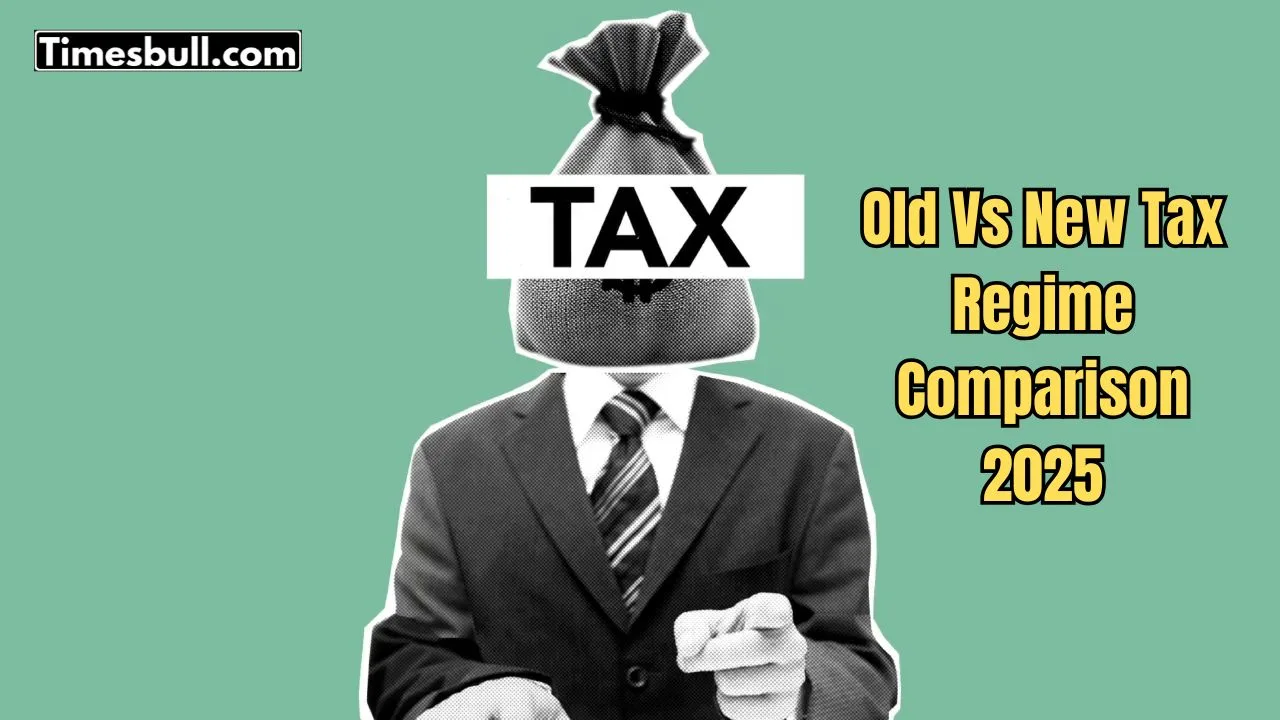Old Vs New Tax Regime Comparison: If you are a taxpayer, it’s important to understand the difference between the old and new tax regimes to avoid any losses. Changes are often made in the Income Tax Slabs in the Union Budget. In Budget 2024, modifications were introduced in the tax slabs under the New Tax Regime. Additionally, some steps related to exemptions and deductions were announced.
The new tax regime offers lower tax rates but no deductions. On the other hand, the old tax regime provided many deductions under different sections of the Income Tax Act, of 1961, but it resulted in higher taxes. Let’s understand the differences between the two regimes in detail.
Income Tax Slabs under the New Tax Regime
These are the income tax slabs for taxpayers under the New Tax Regime:
- Up to Rs 3 lakh: No tax
- Rs 3 lakh to Rs 7 lakh: 5%
- Rs 7 lakh to Rs 10 lakh: 10%
- Rs 10 lakh to Rs 12 lakh: 15%
- Rs 12 lakh to Rs 15 lakh: 20%
- Above Rs 15 lakh: 30%
Income Tax Slabs under the Old Tax Regime
These are the income tax slabs under the Old Tax Regime:
- Up to Rs 2.5 lakh: No tax
- Rs 2.5 lakh to Rs 5 lakh: 5%
- Rs 5 lakh to Rs 10 lakh: 20%
- Above Rs 10 lakh: 30%
Everything about New regime for AY 2024-25 is answered
Slide -1- TAX slabs for New vs Old for AY 2024-25
Slide-2- 87A rebate for New regime
Slide -3 – New regime – List of Deductions not allowed as compare to Old
Slide-4- NEW vs Old comparison for diff. income level
Lots of… pic.twitter.com/6yf5AvHuq7
— CA Harshil sheth (@CA_HarshilSHETH) January 8, 2024
Key Differences Between the New and Old Tax Regimes
The New Tax Regime differs from the Old Tax Regime in the following ways:
- More Slabs in the New Regime: The New Tax Regime has more slabs, offering lower tax rates (0%, 5%, 10%, 15%, 20%, and 30%) compared to the Old Regime, which has only 4 slabs (0%, 5%, 20%, and 30%).
- Exemptions and Deductions: The New Tax Regime does not offer the exemptions and deductions available in the Old Regime. In the New Regime, you can only benefit from a standard deduction of Rs 75,000, whereas the Old Regime offers various exemptions like Section 80C, 80D, home loan interest, and HRA deductions.
- Tax-Free Income: Under the Old Regime, if your taxable income after deductions is below Rs 5 lakh, you do not pay any tax. Under the New Regime, if your taxable income is below Rs 7 lakh, you will not pay any tax.
How to Choose Between the Two Regimes?
Old Regime: The Old Tax Regime is better for individuals who want to avail of various exemptions and deductions, such as investments under Section 80C, insurance premiums under Section 80D, home loan interest, and HRA. It is beneficial for those who have significant tax-saving investments.
New Regime: The New Tax Regime is suitable for individuals who prefer lower tax rates and do not have many deductions to claim. It’s ideal for those looking for simpler tax filing without the need for tax-saving investments.
How to Calculate Tax Liability?
To calculate your tax liability under each regime, follow these steps:
- Old Regime: Start with your total income, calculate all applicable deductions (e.g., 80C, 80D), and apply the tax slabs to the remaining taxable income.
- New Regime: Calculate tax based on your total income, as no deductions are available. Simply apply the tax slabs directly to your income.
